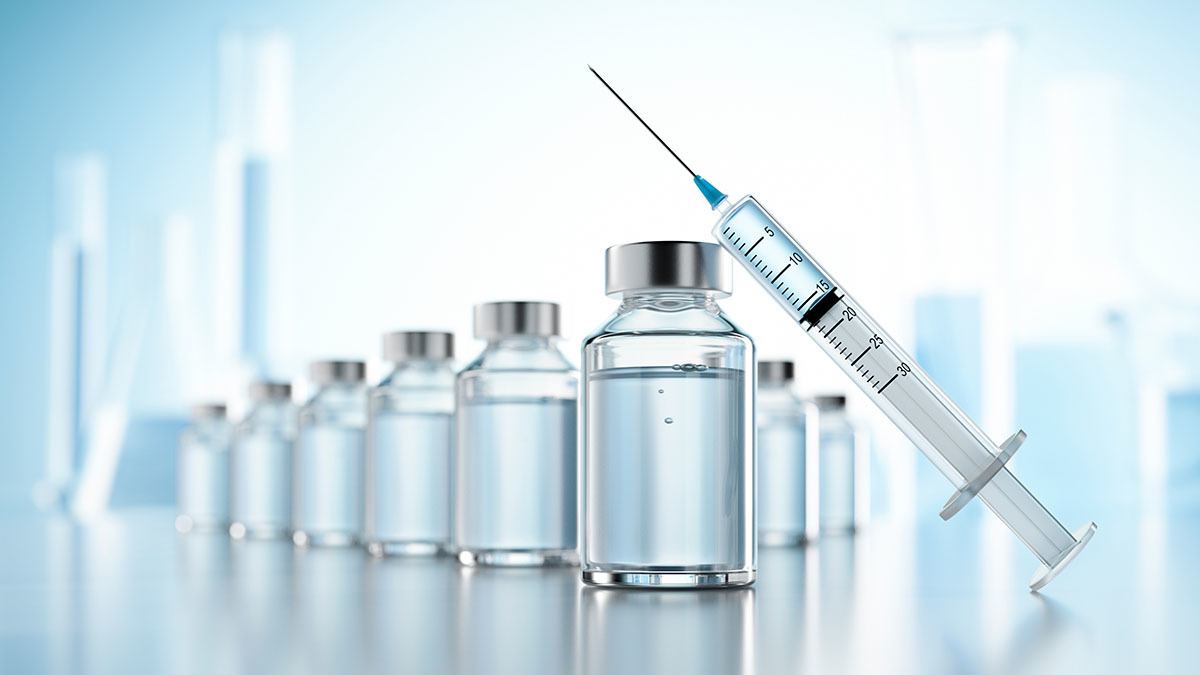USP Acidic Extractables Testing
The United States Pharmacopeia (USP) is a widely recognized compendium of quality standards for pharmaceuticals. USP acidic extractables testing ensures that the materials used in drug product manufacturing do not release harmful substances into the final dosage form under conditions that mimic real-world scenarios. This service is critical for maintaining patient safety and regulatory compliance.
During acidic extractables testing, various excipients, packaging materials, and other components are subjected to acidic conditions to assess their potential to leach chemicals into the product or its container. The aim is to identify and quantify any compounds that could pose a risk if they enter the human body through oral administration.
This testing is particularly important for ensuring compliance with USP standards, which include specific limits on the amount of extractable substances allowed in pharmaceutical products. These guidelines are designed to protect consumers by minimizing exposure to potentially harmful chemicals from drug containers and packaging.
The process typically involves the use of model solutions that simulate acidic conditions found in the human body after ingestion. Common solvents used include hydrochloric acid (HCl) or acetic acid, depending on the specific requirements defined in USP General Chapter 1653: Extractables and Leachables.
After extracting potential contaminants from the material using these solvents, the extract is analyzed for its chemical composition. Techniques such as high-performance liquid chromatography (HPLC), gas chromatography-mass spectrometry (GC-MS), or inductively coupled plasma mass spectrometry (ICP-MS) are often employed to identify and quantify the extracted compounds.
Accurate identification of these extracts is crucial for understanding not only their presence but also their potential impact on patient health. Regulatory agencies like the FDA may require this testing as part of the approval process for new drug products, ensuring that all materials used are safe and do not introduce unnecessary risks to patients.
The results of USP acidic extractables testing play a vital role in risk assessment during product development and manufacturing processes. They help pharmaceutical manufacturers make informed decisions about material selection and formulation adjustments to meet stringent regulatory requirements.
Compliance with USP standards is essential for maintaining trust within the industry and ensuring that products meet strict quality control measures. By adhering to these guidelines, companies can ensure their products are safe and effective while also avoiding potential recalls or legal issues arising from non-compliance.
Scope and Methodology
The scope of USP acidic extractables testing includes evaluating a wide range of materials that come into direct contact with drug products. This encompasses excipients, packaging materials such as bottles, vials, and blisters, and other components used during manufacturing processes.
- Excipients: Common excipients tested include sugars, starches, binders, fillers, lubricants, disintegrants, and colorants.
- Packaging Materials: This includes containers like vials, blisters, and bottles used for storage or delivery of the drug product.
- Other Components: Anything else that comes into contact with the product during production or distribution may also be tested.
The methodology involves several steps to ensure accurate extraction and analysis:
- Sample Preparation: Samples are prepared according to USP guidelines, which specify the type of container, solvent, temperature, duration, and agitation method used for extraction.
- Extraction: Extracts are obtained using model solutions designed to mimic conditions found in the human body. These solvents can include hydrochloric acid (HCl) or acetic acid at specific concentrations.
- Analysis: The extracted compounds are analyzed using techniques such as HPLC, GC-MS, and ICP-MS to identify and quantify any potential contaminants.
The USP General Chapter 1653 provides detailed instructions on how to perform these tests, ensuring consistency across laboratories. Compliance with this chapter ensures that all testing is conducted in a standardized manner, enhancing reliability and comparability of results.
Benefits
Implementing USP acidic extractables testing offers numerous benefits to pharmaceutical manufacturers:
- Regulatory Compliance: Ensures adherence to strict regulatory requirements, reducing the risk of non-compliance penalties.
- Patient Safety: Identifies and mitigates potential risks associated with harmful chemical leachates from packaging materials or excipients.
- Risk Management: Provides valuable insights into material selection and formulation, helping to minimize risks throughout the product lifecycle.
- Quality Assurance: Ensures that all components used in drug products meet the highest quality standards, enhancing overall product reliability.
- Competitive Advantage: Demonstrates a commitment to excellence and patient safety, potentially improving brand reputation and market competitiveness.
In summary, USP acidic extractables testing is an indispensable tool for ensuring the quality and safety of pharmaceutical products. It plays a crucial role in safeguarding public health while supporting robust regulatory compliance efforts.
Quality and Reliability Assurance
- ISO/IEC 17025: Our laboratory adheres to the highest standards of quality assurance, ensuring that all testing meets international benchmarks.
- Method Validation: All extraction methods are rigorously validated to ensure accurate and reliable results.
- Consistent Reporting: Results are consistently reported according to USP guidelines, providing clear and actionable data for stakeholders.
We employ state-of-the-art instrumentation and methodologies to conduct these tests, ensuring that the process is both precise and repeatable. Our commitment to quality ensures that our clients can trust the results they receive from us.





